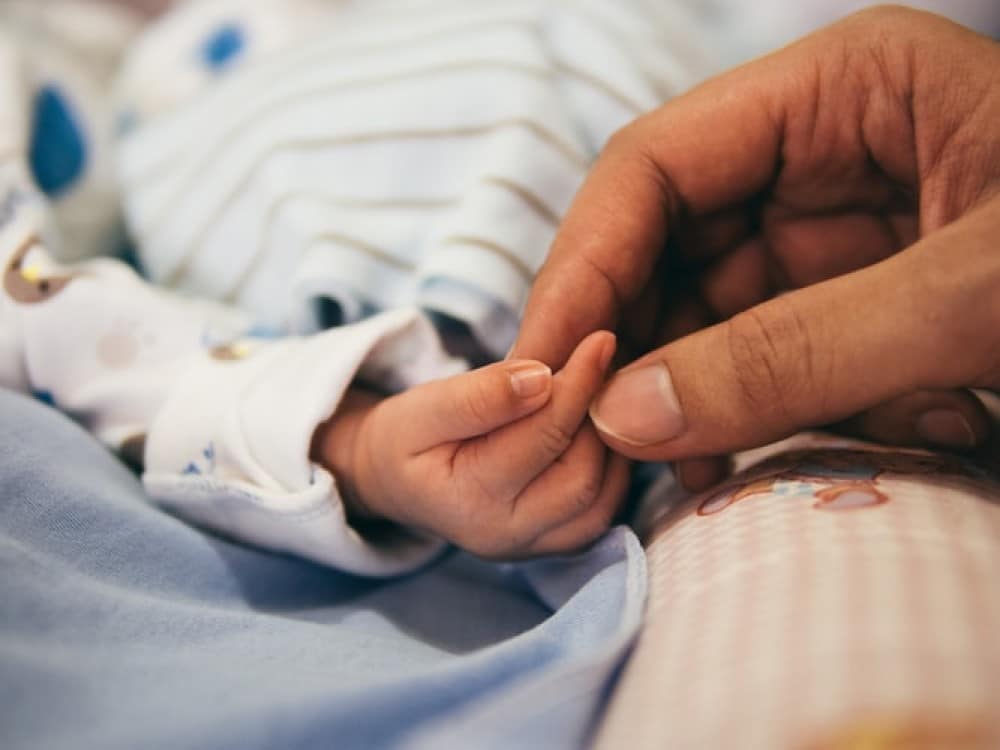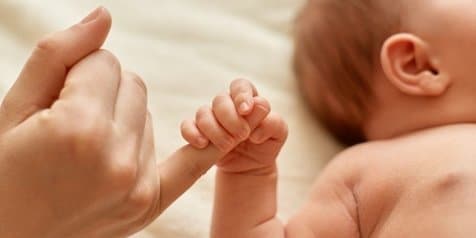During Nifas, the placenta is delivered, and the baby is in its first few weeks of life. This time frame is commonly thought of as lasting six weeks. After six weeks, most of the physical changes that occurred during pregnancy, labor, and delivery have faded, and the body has returned to its pre-pregnancy form.
haiz definition
haiz or Nifas, also known as the post-partum phase, is adjustment time following delivery. The anatomical and physiologic changes caused by pregnancy are reversed, and the body returns to its standard, nonpregnant form. It lasts around six weeks. In the post-partum period, there are three distinct periods: the immediate puerperium, which includes the first 24 hours after parturition, during which acute postanesthetic or postdelivery complications may occur; the early puerperium, which consists of the first week post-partum; and the remote puerperium, which consists of the time required for involution of the genital organs and the return of menses, which is typically six weeks.
‘ Nafsa: The Three Facetted Face
A woman who has post-partum bleeding that lasts less than ten days after the birth of her child. It will be regarded as gifts for the duration of the bleeding.
Post-partum bleeding lasting more than ten days is defined as a zatu ‘l’adah, which means she has an established number of days in her menstrual cycle. Therefore, a woman’s menstrual cycle will be counted as nifas and the rest as istihazah in this circumstance.
If a woman’s post-partum bleeding continues for more than ten days, she is not considered to be in the category of zatu ‘ibadah. In this scenario, she should compare the length of her nifas to the size of her relatives’ nifas, and then determine how long her nifas are. A woman needs to know the length of her family members’ menstrual cycles to take preventive measures up to the ninth day.
Nifas meaning
Following birth, the Nifas is the period during which pregnancy-induced alterations in the anatomical and physiological changes of the mother revert to their pre-pregnancy states. The six-week puerperium phase can be classified into three categories: (a) immediate – within 24 hours; (b) early – up to seven days; and (c) remote – up to six weeks. The puerperal effects can be detected in all organs, although they are most prominent in the reproductive organs. After giving birth, the most frequent post-partum problems include infection and bleeding. Therefore, the importance of post-partum care cannot be overstated. After every childbirth, women are required to receive information on exclusive breastfeeding and contraception.

The Nafsa’s Prohibited Things
The hayz and nafsa’ are barred from doing the same activities that were forbidden to the hazy.
The Qur’an must not come into contact with her. To travel through a mosque, a woman must enter via one entrance and go through the other without pausing. She is not permitted to sit or place anything within the building. Even the Sacred Mosque of Mecca and the Prophet’s Mosque in Medina are off-limits to her. She is unable to recite the sajdah verses. And having any sexual relations with her is strictly prohibited.
The obligatory salat is likewise beyond limits to her. She does not even have to do them as qaza like a hayz. As a qaza, she is again free from fasting, although, in this instance, she must fast as well.
how to perform ghusl after nifas
ghusl e nifas
Now we will tell How to perform ghusl for the post-partum child. The method of ghusl from the puerperium does not differ from other washing methods, where the water is circulated once to the rest of the body. The water is delivered to the scalp and hair roots to remove the event at the beginning of the ghusl, and this characteristic is called, and there is the adjective that is partial. Another is the method of washing the Prophet – may God’s prayers and peace be upon him – and it is the complete method,[1] and the following are mentioned: (1) That the woman in her heart intends to remove the ritual impurity. First, wash her hands three times. Then, to pass her vagina and whatever contaminated it. Then, to perform ablution for prayer. Then, to pour water over her head three times, she pickled the roots of her hair with her fingers and made sure that the water had reached all the authority. Then, pour water over the rest of her body, beginning with the right incision, then the left.
after baby birth in Islam.”
Post-natal bleeding, or nifas, is a medical condition that occurs after childbirth. This condition is derived from the Arabic word ‘Nafisa,’ which means beginning. It can occur before or after birth and is typically accompanied by pain. While there is no set length of nifas, it can last for 40 days. For example, if a woman bleeds on day 39, she undergoes nifas.
If a woman’s period has a fixed duration, she should make a ghusl and perform a prayer for the next 40 days. After that, she should perform Ghusl and return to worship, and she should continue this until she has her regular monthly period. If the bleeding continues for more than 40 days, she should remain in nifas for as long as her menstrual cycle lasts.
conclusion
The nifas or post-partum period is connected with a great deal of tradition and superstition, which is understandable given how essential the health of a new newborn is to the survival of any family. Puerperium occurs as soon as the placenta is released and lasts around six weeks, during which time the uterus shrinks virtually to the size of a nonpregnant person.
Join our Quran Courses to learn Quran Arabic and Tajweed online



